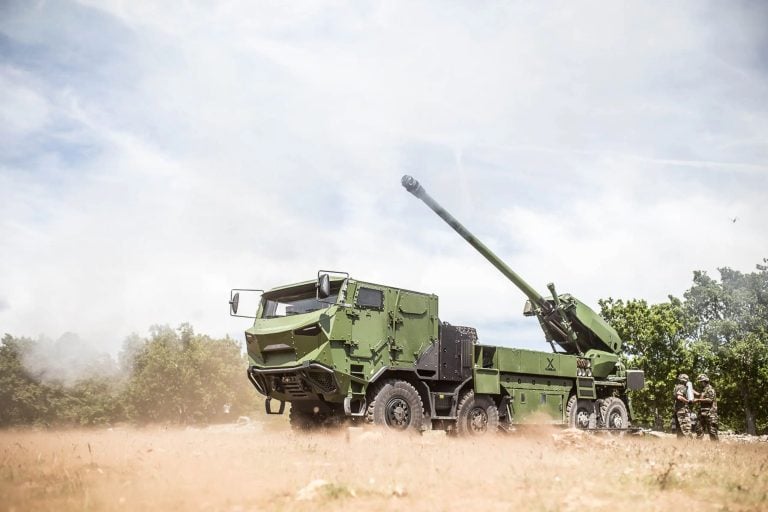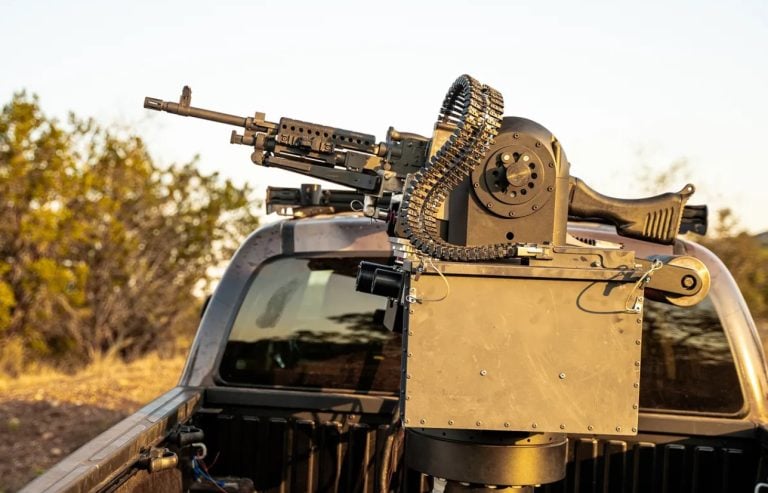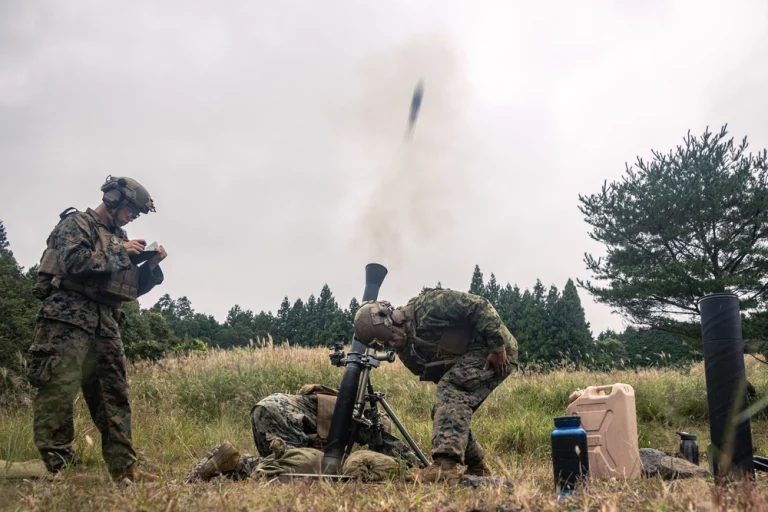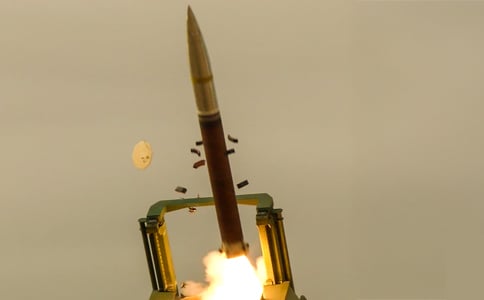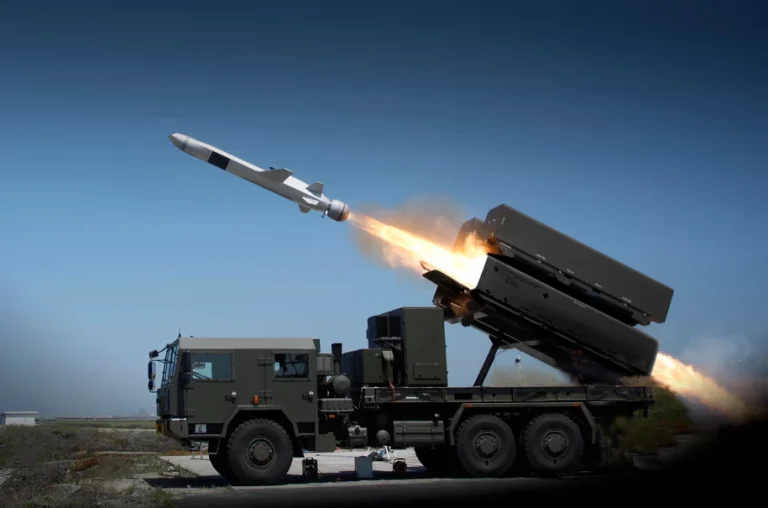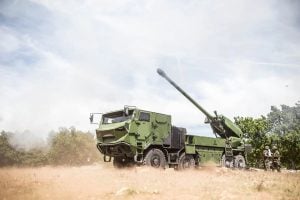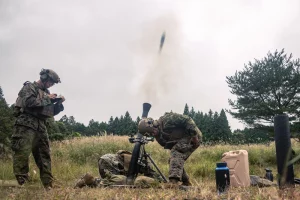Top military officials from the United States and Europe convened this week to explore potential military options aimed at facilitating an end to the ongoing conflict in Ukraine, as announced by the US military on Thursday. The meetings took place over two days in Washington and involved key representatives, including US General Dan Caine and his counterparts from Finland, France, Germany, Italy, the United Kingdom, and Ukraine.
According to a statement from the US Joint Staff, the discussions focused on developing military strategies that could bolster negotiations intended to secure a sustainable peace in the region. The outcomes from the talks are set to be presented to the respective national security advisors of each participating country for further consideration in the context of ongoing diplomatic endeavors.
While the statement refrained from providing specifics on the military options discussed, the context of the meeting is significant, as a coalition led by Britain and France is actively forming to provide security guarantees aimed at deterring future Russian aggressions against Ukraine.
On the first day of deliberations, a US defense official highlighted that the military leaders were assessing the “best options for a potential Ukraine peace deal.” This overture toward peace comes amid a backdrop of complex geopolitical dynamics, particularly with US President Donald Trump engaging in discussions to terminate the prolonged invasion led by Moscow.
However, progress toward a conclusive peace agreement has been limited. Ukrainian President Volodymyr Zelensky has made it clear that any discussions with Russian President Vladimir Putin must be preceded by concrete security guarantees. This stance reflects Ukraine’s ongoing apprehension regarding Russia’s intentions.
In response, Russian officials have criticized Ukraine, accusing it of lacking genuine interest in achieving long-term peace, suggesting instead that Ukraine is pursuing security measures that fundamentally contradict Moscow’s expectations. This exchange highlights the deepening rifts in diplomatic communications, underscoring the obstacles that remain in efforts to stabilize the region.



